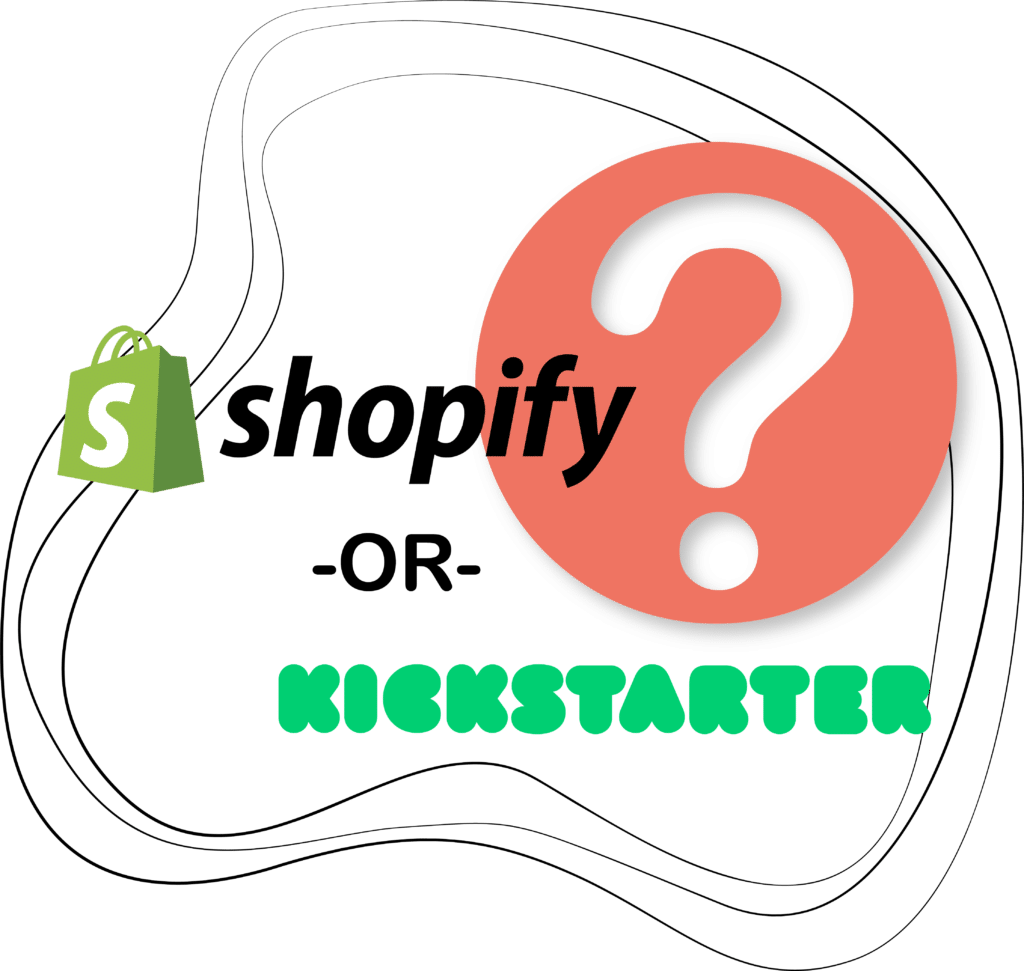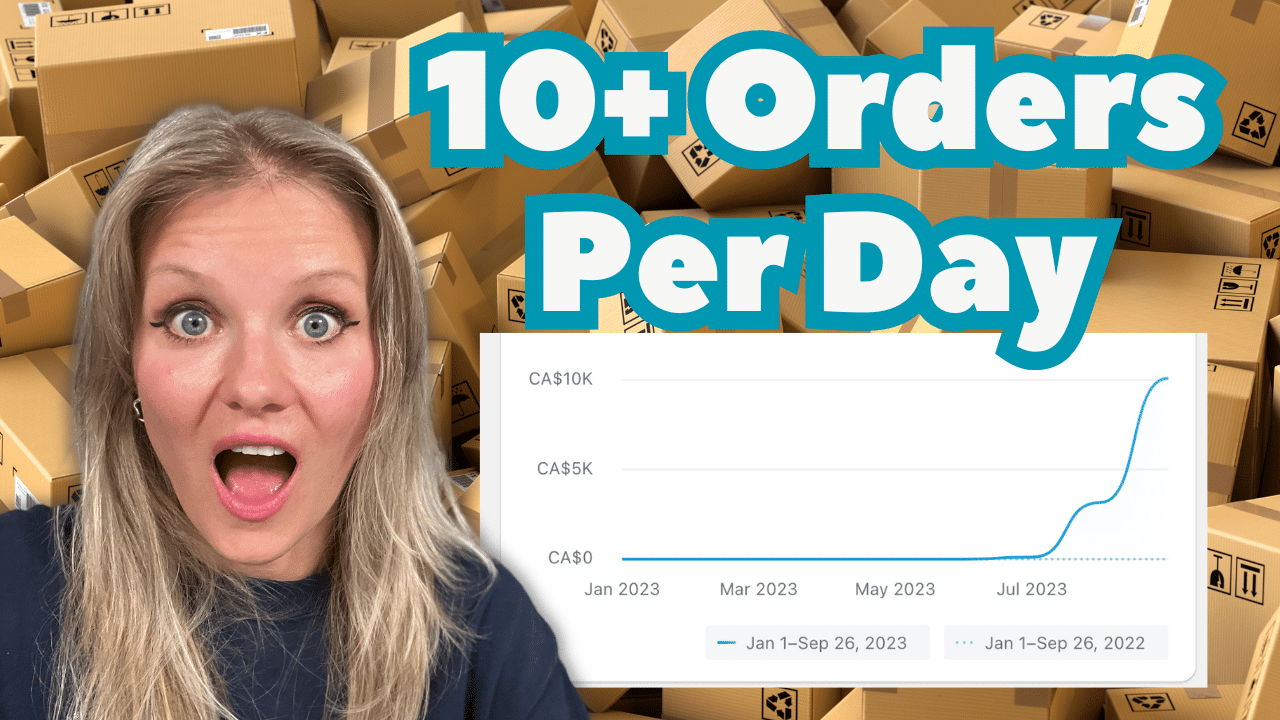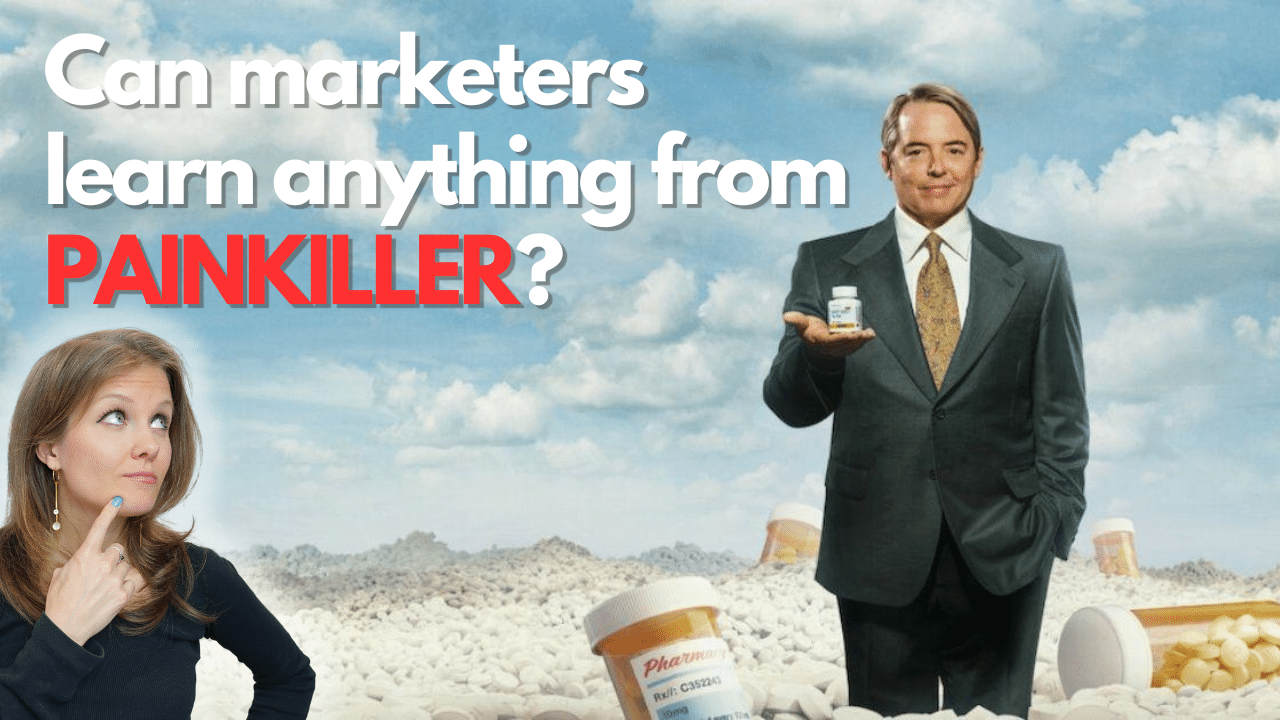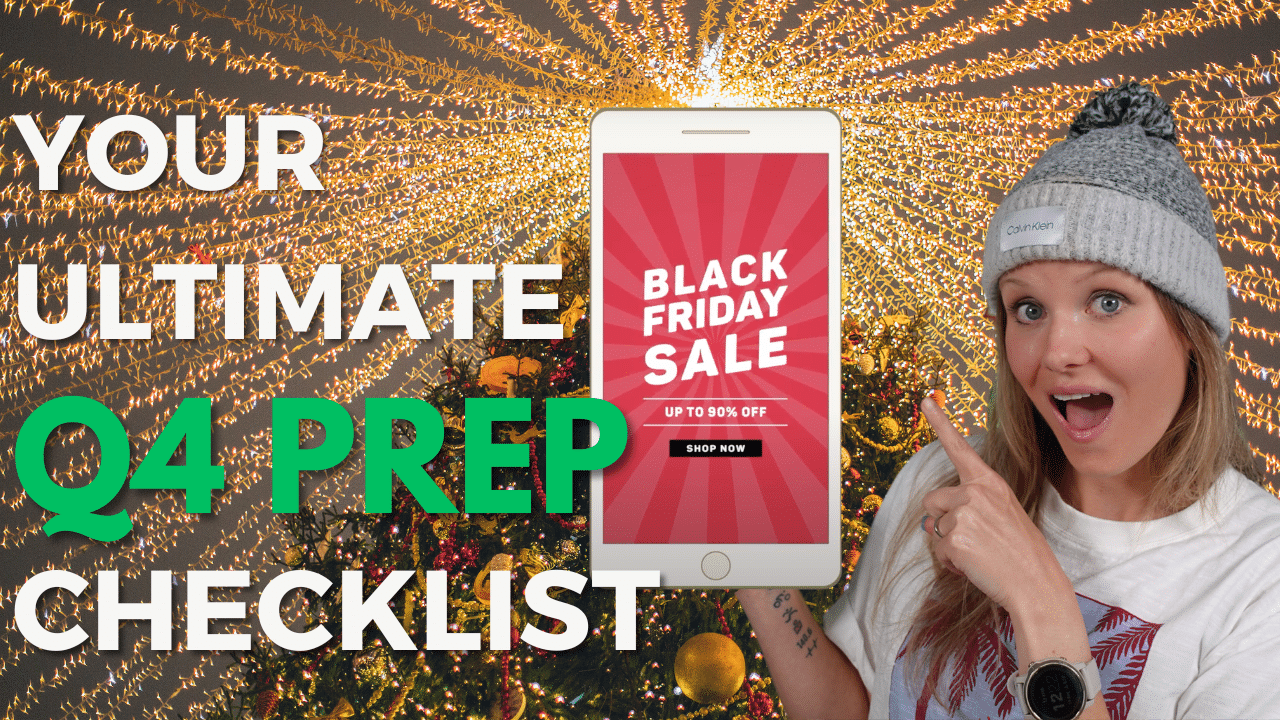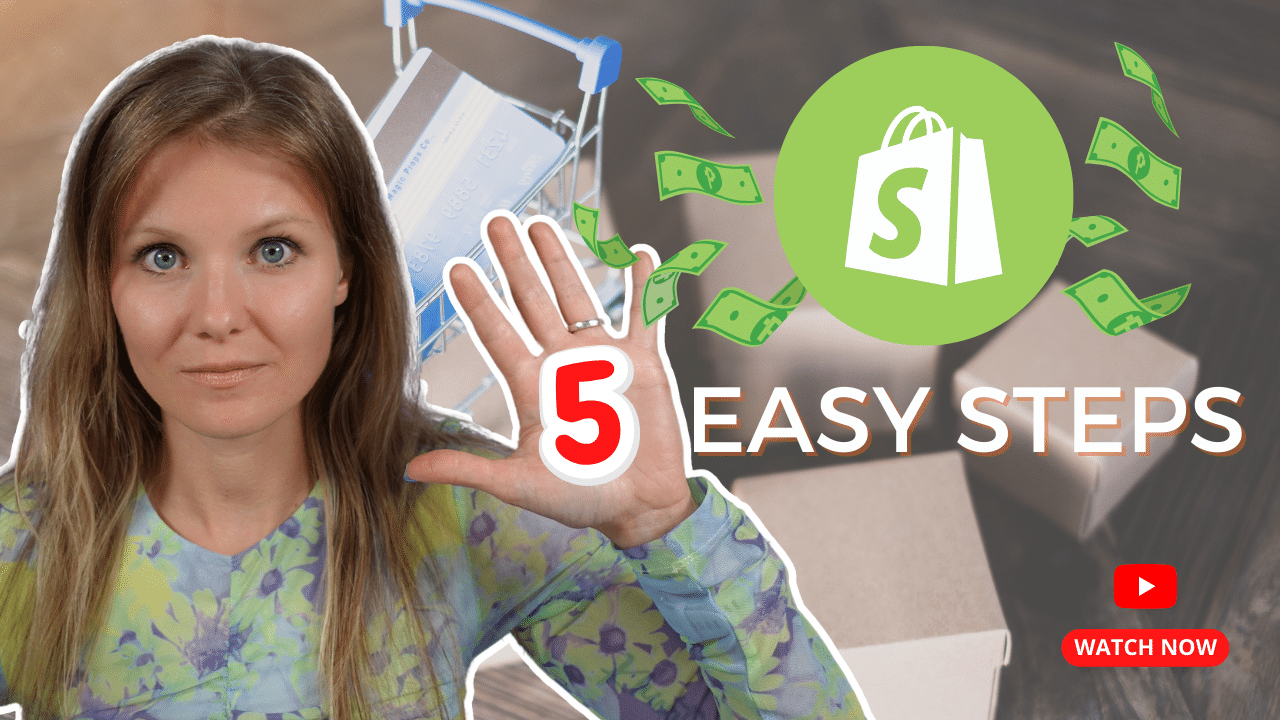
Facebook ads can be a great way to reach new customers and increase sales, but if you’re not careful, you can easily make mistakes that cost you money and damage your brand. Here are 10 mistakes e-commerce sellers make with Facebook ads, and how to avoid them.
1) They use traffic and awareness objectives
Instead of a traffic or awareness objective, use a conversion objective. You’ll want Facebook’s algorithm to optimize for the end goal you really want — Conversions — so the algorithm will serve you people likely to convert. When you’re just starting out, use an Add To Cart Conversion objective. If your pixel has recorded over 500 purchases, switch to a Purchase conversion objective for better targeting.
2) They make ads that look like ads
The best converting ads look natural and like something a friend posted with their iPhone.
3) They don’t leverage UGC content
Using User-Generated Content (UGC) is a great way to build social proof, build trust, and show other people using your product. UGC content through images or video reviews gives your ad creatives a huge advantage
4) They don’t have a proper split test system
Advertisers can get a ton of actionable insights from Facebook ads metrics. By looking at all of the relevant data, you can learn what kind of content works for your audience and what doesn’t. You can also make better optimization decisions to maximize ROI.
5) They don’t have a proper attribution system
Tracking your ads with UTM codes is important for seeing which channels are driving the most sales, but it doesn’t tell you how much revenue each of those channels is actually generating. You can tie all of your digital marketing efforts together with an attribution system to truly show how these efforts are impacting your bottom line.
6) They are not up to date with Facebook platform changes and trends
Facebook changes their advertising platform often, which means that e-commerce marketers have to stay up to date with the newest changes so they know how to best utilize them. For best practices, create a Google Alert that mentions Facebook, as well as sign up for Facebook for Business Updates.
7) They don’t have a budget for testing
Sellers starting out with Facebook ads need to start with a conservative testing budget of at least $80 per day in order to give the algorithm what it needs to acquire a customer. This means budgeting approximately $3K per month for testing purposes until you see the returns you want. Of course, there is a lot you can do with nurturing existing cold and warm audiences with a smaller budget, but it will take much longer to start seeing results on Facebook this way.
8) They don’t create an offer system based on the funnel stages of visitors
Sellers need to have a solid understanding of the different visitor funnels they should be targeting for their products. These can include new audiences, free trials, first time buyers, repeat buyers, etc. And each one should come with its own offer that is different from the others. For example, a new audience should get access to a free guide of some kind while a repeat buyer may get a discount code.
9) They don’t create custom audiences based on sales and site behavior
Another way sellers can increase ROI is by creating Facebook Lookalike Audiences based on customers who have purchased from them before. This way, Facebook will find people who are similar to the customers they already have and these new, targeted visitors can be added to existing audiences to create a larger audience for feeding into your sales funnel. They also need to create different types of custom audiences such as email list subscribers or site behavior based on pages visited such as e-commerce
10) They make emotional impulse decisions rather than data-driven decisions
Advertising on Facebook, especially for first time sellers, can feel like an emotional rollercoaster. This is what happens when you go into advertising spending money you don’t have, that needs to get you results immediately. Getting Facebook to work for your business, and to convert profitably, takes time, patience, and lots of testing.
Be careful not to test ads that feel like they will get the best results rather than basing decisions on cold hard data. To help sellers make more data driven decisions, Facebook suggests running at least 10 different versions of an ad and paying attention to how each one performs based on cost per result and conversions. This way, you can narrow down what ad performs the best and should be used for future ads.
In conclusion, if you are in over your head with your Facebook ads, consider outsourcing it to an expert :).
-Khierstyn, LaunchandScale.co

